Another interesting theory is based on the writings of the Franciscan friar, Bernardino de Sahaguan, from the 16th century in which he describes the meeting between the Mexica emperor “Moctezuma the 2nd” and the Spanish captain “Hernan Cortes”.
At first sight of the white Spanish men, emperor Moctezuma thought the “white gods“ have returned from the east, and Captain Cortes was the god Quetzalcoatl. Because of his beliefs, the Emperor gifted him a mask representing the “Feathered Serpent”.
The mask was carved from a single piece of cedar wood and covered with turquoise mosaic work. The teeth were made of white clam shell. The design consisted of two serpents green and blue, encircling the eyes and entangled over the nose and around the mouth.
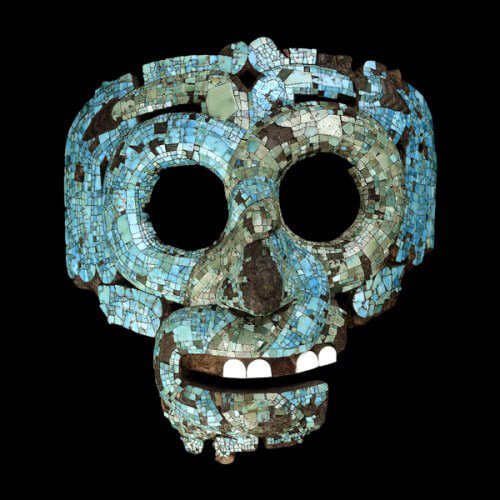
According to Sahagun’s description, it was worn with a crown of dazzling long green – blue shimmering feathers, possibly those of the quetzal, a tropical rain forest bird with iridescent green – blue plumage.
Much of the idea of Captain Cortes being seen as a deity can be followed back to the Florentine Codex written down about 50 years after the conquest. In the codex’s tale of the first meeting between Moctezuma and Cortes, the ruler of the Aztec is illustrated as giving a speech in classical oratorical Nahuatl, a dialect which as reported verbatim in the codex written by Sahagun’s informants, added such prostrate announcement of divine, or near divine adoration.
An imperfect intellectual understanding of high Nahuatl oratory style make the exact intent of these comments tricky to approve, but some argue that Moctezuma politely offering his throne to Cortes may well have been meant as the exact opposite of what it was taken to mean: kindness in Aztec culture was a way to affirm dominance and show superiority.
This speech, which has been extensively referred to, has been a factor in the widespread assumption that Moctezuma was addressing Cortes as the returning god Quetzalcoatl.
Quetzalcoatl is described as light skinned, bearded and tall, with a serpent head hiding his human appearance. The earliest surviving image of Quetzalcoatl comes from the Olmec civilization with a sculpture at La Venta, of a beaked snake with a feather crest surrounded by two quetzal birds.
The earliest representations found in Mexico, is at Teotihuacan where there are sculptures of feathered snakes dating from the 3rd century CE and that is also the place where a six – tiered pyramid was built in the honor of the Serpent God of knowledge.
The deity was often described in architectural and sculptural decorations, appearing in other sites such as Xochivalco but he was rarely represented with any human form before the Late Postclassical period.
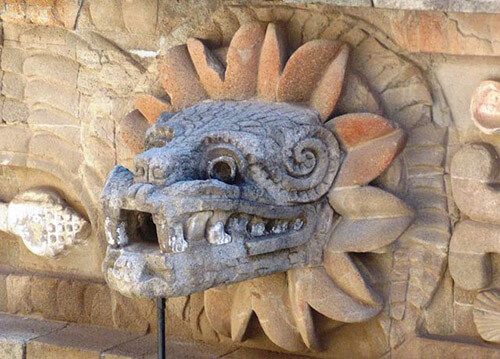
Kukulkan
Since 1200 CE, Quetzalcoatl was usually represented in his human form and mostly wore shell jewelry and a tapered hat. Representations of the god often have “wind jewelry“ which is a cross section of a clam whorl worn as a pectoral, and often wear red masks like a goose’s beak bearing long canine teeth.
As time passed by, we educated ourselves through history and managed to see a glimpse of what life used to be. At our current level of understanding, we realize that some things from the past might have been impossible to accomplish without any external help.
The White Gods could have given us knowledge, thus explaining how the Mesoamericans used to obtain power. But as the extraterrestrials left, the indigenous people couldn’t suffice in controlling that power, a force given perhaps too early, and without any warning of its side effects.
It ultimately led to self-destruction of the most knowledgeable and prosperous civilizations of our past because the guidance of aliens had long disappeared.
Will they return as the prophecies foretell and help us again to build a better future?
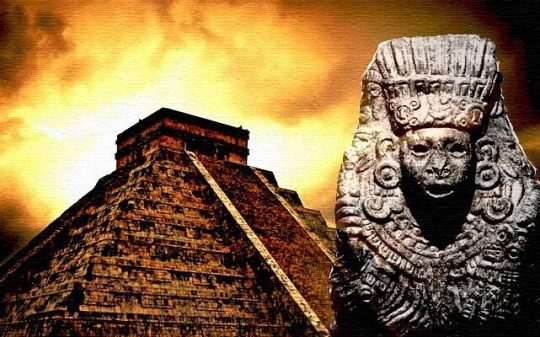

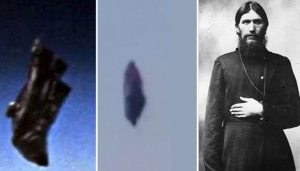




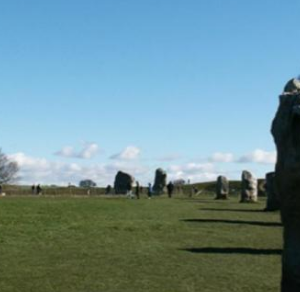
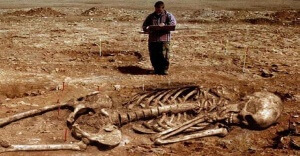

Trackbacks/Pingbacks